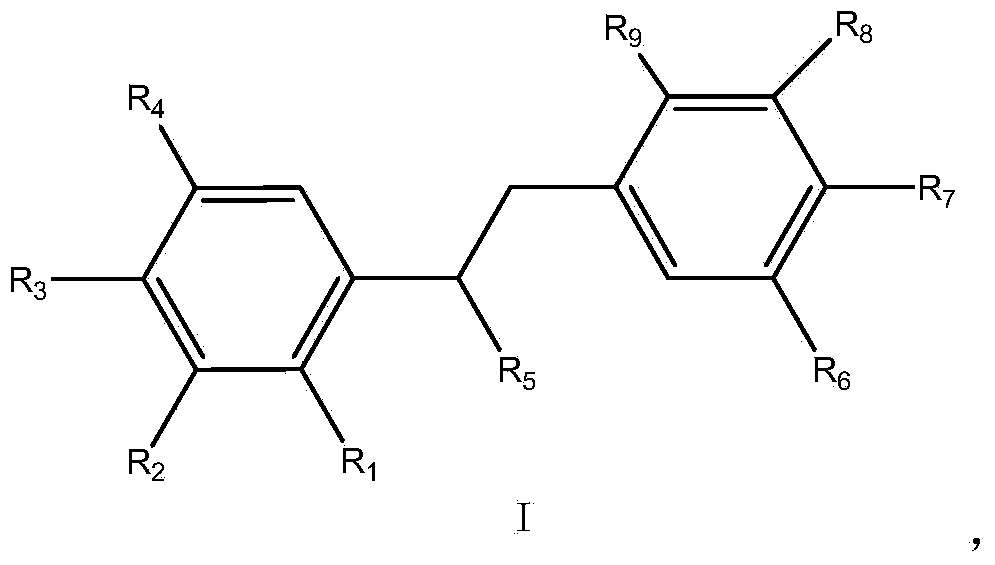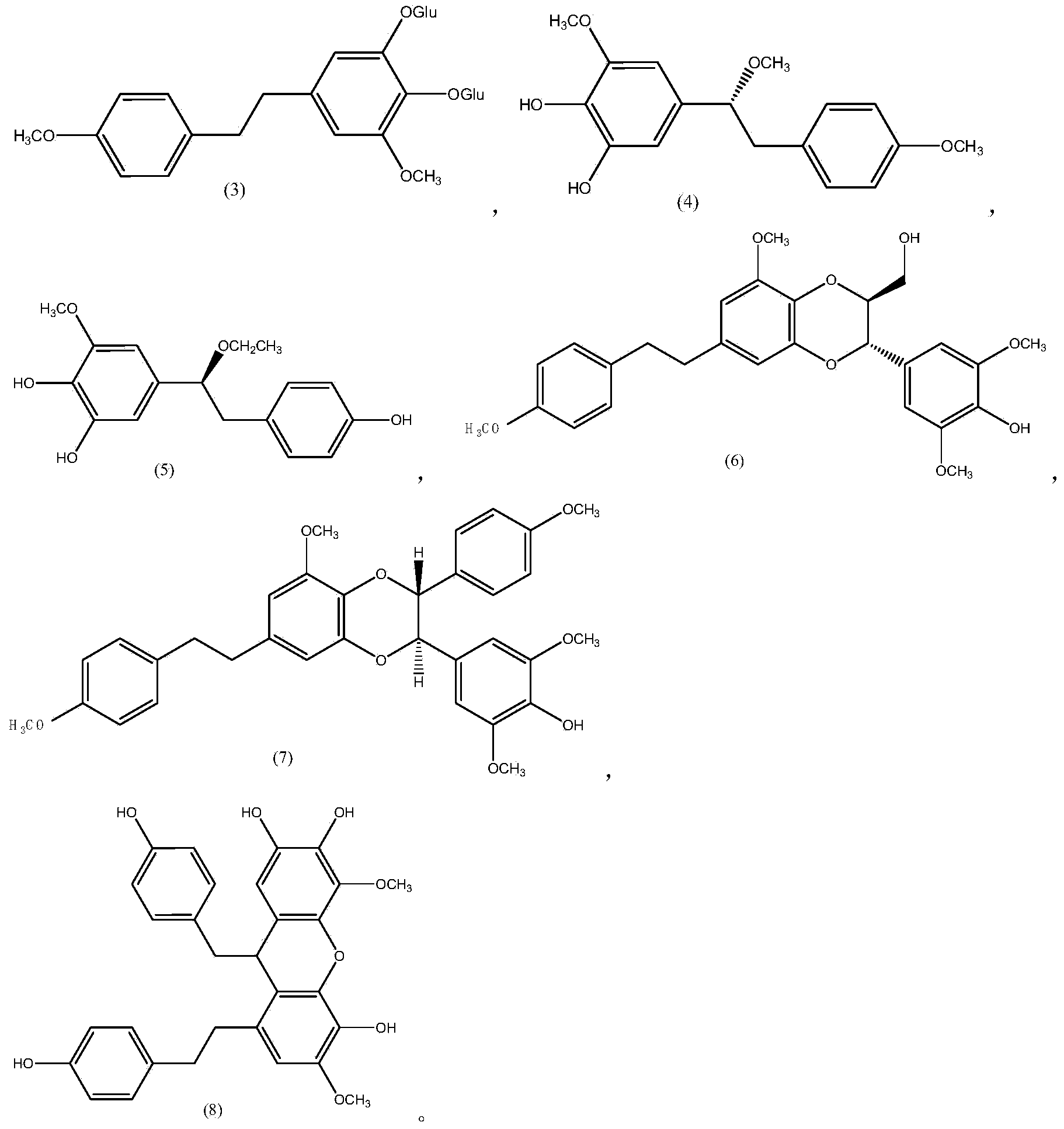Application of stilbene derivative and pharmaceutically acceptable salts thereof to preparation of medicines for treating hyperuricemia
A technology of stilbene derivatives and hyperuricemia, applied in application, food preparation, food science and other directions, can solve problems such as large toxic and side effects, and achieve the effects of no toxic and side effects and good safety
- Summary
- Abstract
- Description
- Claims
- Application Information
AI Technical Summary
Problems solved by technology
Method used
Image
Examples
Embodiment 1
[0057] Example 1: Effects of compounds on xanthine oxidase in vitro
[0058] In order to evaluate the impact of the test compound on xanthine oxidase, this experiment studies the impact on xanthine oxidase in vitro, and the specific methods are as follows:
[0059] Add 200 μL of xanthine substrate solution (final concentration: 400 μM), 100 μL of different concentrations of test product solution (negative control XOD group plus PB, positive control group plus allopurinol) and xanthine oxidase solution in a 2 mL centrifuge tube. 200 μL (final concentration: 0.08 U / mL), vortexed for 5 s, then placed in a 25°C water bath for 5 min, after the reaction was completed, 1.5 mL of absolute ethanol was added and vortexed for 5 s to terminate the reaction. After the reaction was terminated, the sample was centrifuged at 3500rpm for 5min, 200μl was drawn into a 1.5ml centrifuge tube, and the UA value was detected with a biochemical analyzer (BECKMAN COULTER AU480) in sequence according to...
Embodiment 2
[0064] Example 2: Effects of Compounds on Serum Uric Acid Levels in Hyperuricemia Mice
[0065] The present invention verifies the effect of the compound on hyperuricemia mice through animal experiments
[0066] experimental method:
[0067] Take 100 Shanghai Lingchang male KM mice with a body weight of 15-18g, divide them into cages at a rate of 5 per cage, and then adaptively feed them in the company's barrier system for 4 days. Random grouping was carried out on the fourth day of the adaptation period, and 90 mice with concentrated weight were selected from 100 mice and randomly divided into 9 groups according to body weight, with 10 animals in each group, which were blank control group and hyperuricemia model group respectively. , a positive control group, and a test compound group (5 groups in total, namely compound 1, compound 2, compound 3, compound 4, and compound 5).
[0068] Immediately after the adaptation period, intragastric administration was started, once a da...
Embodiment 3
[0077] Example 3: Study on the dose-effect relationship of compounds reducing serum uric acid levels in mice with hyperuricemia
[0078] In order to evaluate the dose-effect relationship of the test compound in reducing serum uric acid levels in mice with hyperuricemia, three compounds, Compound 1, Compound 2, and Compound 4, were selected for dose-effect relationship evaluation in this experiment. The specific methods are as follows:
[0079] experimental method:
[0080] Take 140 Shanghai Lingchang male KM mice weighing 13-15g, divide them into cages at a rate of 5 per cage, and then adaptively feed them in the company's barrier system for 4 days. On the 4th day of the adaptation period, random grouping was carried out, and 120 mice with concentrated weight were selected from 140 mice and randomly divided into 12 groups according to body weight, with 10 animals in each group, which were blank control group and hyperuricemia model group respectively. , positive control group...
PUM
 Login to View More
Login to View More Abstract
Description
Claims
Application Information
 Login to View More
Login to View More - R&D
- Intellectual Property
- Life Sciences
- Materials
- Tech Scout
- Unparalleled Data Quality
- Higher Quality Content
- 60% Fewer Hallucinations
Browse by: Latest US Patents, China's latest patents, Technical Efficacy Thesaurus, Application Domain, Technology Topic, Popular Technical Reports.
© 2025 PatSnap. All rights reserved.Legal|Privacy policy|Modern Slavery Act Transparency Statement|Sitemap|About US| Contact US: help@patsnap.com



